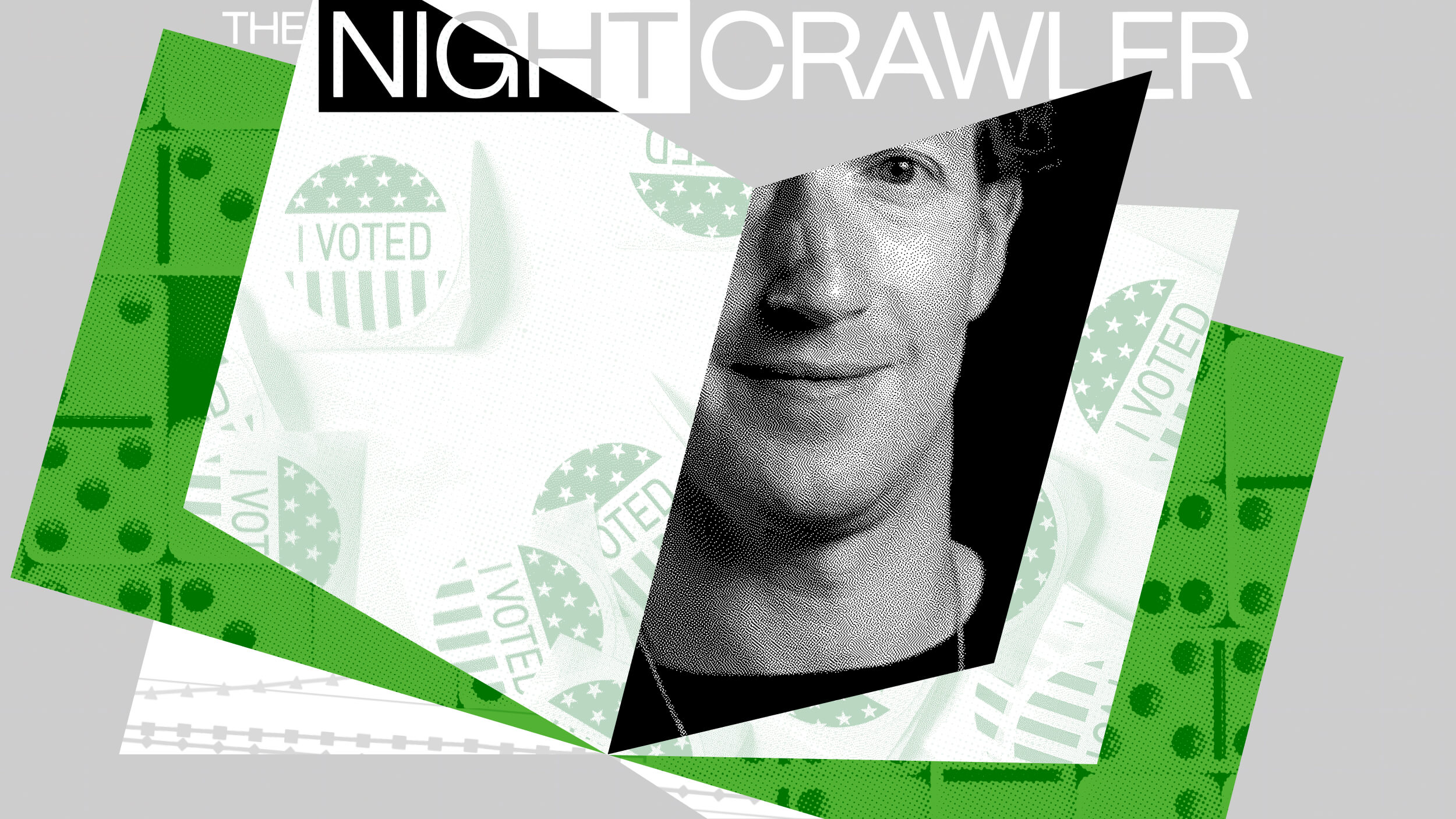Why the CEO of Quantcast is betting on “personalized AI”

- In the dot-com days of the early 2000s, AI was seen as a distant science fiction hope. Today, it’s everywhere.
- Quantcast was quick to recognize the power of machine learning.
- Founder and CEO Konrad Feldman walks us through how AI can work in marketing, and what this means for the business world at large.
There’s a new startup in San Francisco, and they’re into marketing. Alone, that wouldn’t be so interesting, but this company has made its business about “algorithmic marketing.” This is 2006, in the days when Facebook was still new and generative artificial intelligence was a conversation among science fiction fans. But this startup is sure that machine learning is the future.
The startup secures a major client, a local tourist board, and is eager to turn this into an early win. So they put their heads together and burned the midnight oil. Why would you come to San Francisco? Who should they target, and how? The team came up with the old, familiar answers: Alcatraz, Golden Gate Bridge, and wine country. But then they turned to their algorithm to measure the decision-making behaviors of potential San Francisco visitors.
Their systems buzzed and whirred… and they came back with “dentistry.” At first, the CEO thought it was a mistake. Dentistry? San Franciscans have nice teeth, no doubt, but they aren’t famous for them. Then the team realized something: the annual Dentistry Association conference was about to be held in San Francisco. No one had known. No one had even thought of that. But the machine did. The team whipped up a presentation for their client, and everyone thought it was great.

That’s the true story of one of Quantcast’s earliest successes. Today, Quantcast is one of the biggest AI-driven advertising technology companies in the world. They have offices in ten countries around the world with hundreds of employees. They were one of the few to recognize the power of AI before the rest of the world did. Last month, Big Think talked with Quantcast founder and CEO, Konrad Feldman, to make sense of how AI has changed marketing — and will continue to revolutionize business.
Connecting the data
Almost everyone in the world uses some kind of bank. There are billions of transactions occurring every second, and each of those transactions represents a behavior. A boy is buying a chocolate bar from a vending machine. A pensioner is moving money between pension accounts. A young couple is putting down a deposit on a house. A businessman is giving a generous tip. Money moves, and it tells us a story. We can often tell more about people’s behavior from their spending habits than from any self-recorded account.
The problem, then, is how to make sense of those stories. How can anyone hope to read the habits of billions of microtransactions? “I started my career in research in neural networks at UCL,” Feldman tells Big Think. “I started a business using machine learning techniques to find patterns predominantly in the financial service industry. I ended up working in lots of different business domains where it was really hard for people to interpret all of the data and find the patterns of activity that they needed to address particular business problems. We ended up building a lot of systems in the banking sector to help the big banks detect things like money laundering and terrorist financing.”
Having fine-tuned various algorithms in the financial sector, Feldman looked to move into the online space; Quantcast was focused on dot-com entrepreneurs just starting out. But now there was a problem. In the days before cloud computing and the internet of everything, the internet was a web of tiny pockets and gated communities. “Quantcast Measure is the product we launched in 2006 to help websites of any size,” explains Feldman. “It was a classic sort of disruptive innovation initially. These algorithms have the ability to provide much broader visibility to better understand audiences. Over time, larger and larger sites realized the richness of audience information they could derive, and participate in machine learning. That was the first use of Quantcast Measure.”
Marketers need data. But everyone has their own data sets, often very small. Quantcast offered the opportunity to combine them and analyze them. “We had to solve some really thorny technical issues,” says Feldman, “both in terms of the sort of data processing architectures we needed and because the data volumes involved are just absolutely immense.”
Fine-tuning
It’s often misunderstood that “machine learning” and “AI” are some kind of data-processing panacea. A computer can do billions of calculations per nanosecond, so surely they can make light work of all that data? But an algorithm is only as good as the humans who engineer it. As Feldman puts it, “A lot of people, when they think about AI or machine learning, think of it as some sort of holistic algorithm that does everything. In fact, even though we have algorithms now in large language models (LLMs) that can actually do a number of different things, fundamentally, most specific problems require specific algorithms and specific tuning and application of those algorithms.”
The various explosions of “GPTs” are a good example of this. OpenAI has produced one of the most powerful AIs in the history of civilization, but after a few months, its usage slipped, and people started to see it as a time waste. Then, at the end of 2023, OpenAI introduced custom-made GPTs. Essentially, anyone could fine-tune and create an algorithm of their own using OpenAI’s LLMs. Users started to craft prompts in an algorithmic style: “Imagine you’re a movie critic,” “In the style of a romantic poet,” “You are Albert Einstein,” “Explain like I’m five years old,” and so on. This is an example of the fine-tuning Feldman talks about to turn machine learning into something practical — because machine learning varies.
“We believe it will be possible to build machine learning models that could actually infer audience characteristics.”
Konrad Feldman, founder & CEO, Quantcast
“The machine learning we use to measure audiences is different from the machine learning we’re using to build predictive audience models for advertising delivery,” explains Feldman. “It’s different from the machine learning that’s been used to ensure brand safety or to price individual impressions. We’ve developed different types of machine learning approaches to solve some of these fundamental problems.” Quantcast’s marketing algorithms will “capture information in real time [and] then make adjustments as they go along.” They are “interactive tools” that will optimize for some specified goal as they’re working.
The clear implication here is that the next stage of AI will be more flexible, fine-grained and fine-tuned. For AI to become really useful — and for the conversation to become really exciting — AI has to become personalized AI.
“We believe it will be possible to build machine learning models that could actually infer audience characteristics,” says Feldman. “Humans are really good [at] pattern matching — that’s how we’ve evolved. But machines also have flexibility because they can deal with so many dimensions of data. If you’re going adjust and tailor the content, if you’re going to modify content for each individual recipient, well then, people can’t do that. You have to use a computer to do it.”





